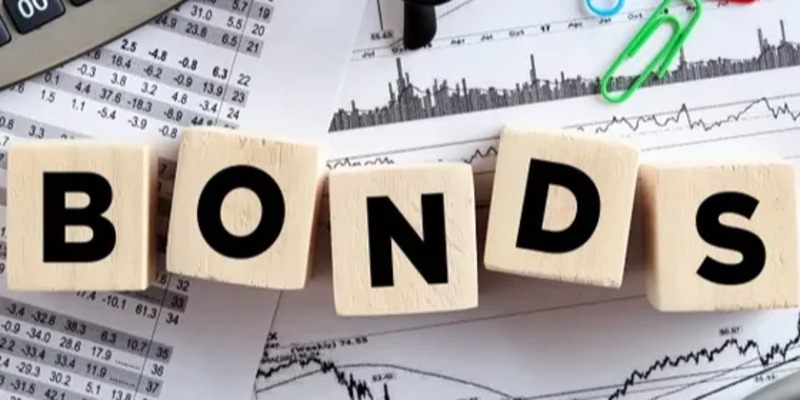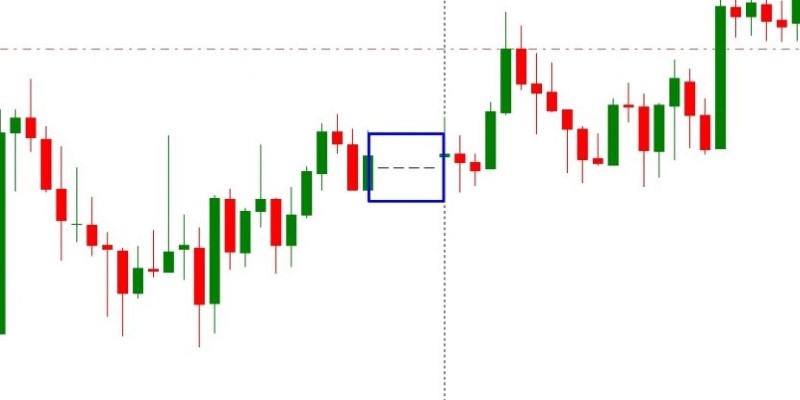Understanding the Differences Between Futures and Forwards Contracts
Oct 20, 2024 By Elva Flynn
In finance, the terms "futures" and "forwards" often come up, yet they can be confusing for many. Both are essential tools for managing risk and speculating on price movements, but they have distinct characteristics that set them apart. Futures contracts are standardized and traded on exchanges, offering transparency and liquidity.
This article compares futures and forwards contracts, highlighting futures' standardization and lower risk versus forwards' flexibility and higher private trading risks. It covers their benefits, drawbacks, and key differences, aiding investors in understanding these financial instruments for better market navigation.
What are Futures Contracts?
A futures contract is a standardized agreement traded on exchanges, where two parties agree to buy or sell an asset at a predetermined price at a specified date in the future. These contracts are typically used for commodities, currencies, or financial instruments. Futures contracts are regulated and have specific features, including:
Standardization: Each futures contract has standardized terms, including contract size, expiration date, and price increments. This standardization allows for liquidity and ease of trading on exchanges.
Margin Requirements: To trade futures, participants must put up a margin, which is a percentage of the contract's value. This ensures that both parties have a financial stake in the contract and reduces the risk of default.
Daily Settlement: Futures contracts are marked to market daily, meaning that gains and losses are calculated at the end of each trading day. This process helps mitigate credit risk.
Central Clearing: Futures are settled through a clearinghouse, which acts as an intermediary between buyers and sellers. This central clearing reduces counterparty risk, as the clearinghouse guarantees the contract's performance.

Pros of Futures Contracts
Liquidity: Futures contracts are highly liquid due to their standardized nature and trading on exchanges. This allows investors to enter and exit positions quickly.
Price Transparency: Since futures are traded on exchanges, prices are publicly available, providing transparency and helping investors make informed decisions.
Hedging Capability: Futures are commonly used to hedge against price fluctuations, making them valuable tools for businesses and investors looking to manage risk.
Cons of Futures Contracts
Risk of Loss: While leverage can amplify gains, it also increases the potential for significant losses. If prices move unfavorably, investors can lose more than their initial investment.
Complexity: Futures trading involves understanding market dynamics and contract specifications. This complexity can be challenging for novice investors.
Margin Calls: If the market moves against a trader's position, they may receive a margin call, requiring them to deposit additional funds to maintain their position.
What are Forwards Contracts?
Forwards contracts are private agreements between two parties to buy or sell an asset at a predetermined price on a specified future date. Unlike futures, forwards are not standardized or traded on exchanges, making them more flexible but also riskier. Key features of forwards contracts include:
Customization: Forwards can be tailored to fit the specific needs of the parties involved, including contract size, delivery dates, and pricing terms.
Over-the-Counter (OTC): Forwards are typically traded over the counter, meaning they are negotiated directly between parties rather than through an exchange. This can lead to less price transparency.
No Daily Settlement: Forwards do not have daily marking to market. Instead, profits and losses are realized only at the contract's expiration, which can lead to higher credit risk.
Counterparty Risk: Since forwards are not cleared through a central clearinghouse, there is a higher risk that one party may default on the agreement.
Pros of Forwards Contracts
Flexibility: Forwards can be customized to meet the specific needs of the parties, allowing for more precise hedging strategies.
No Margin Requirements: Unlike futures, forwards do not require margin deposits, which can be advantageous for companies looking to avoid additional cash flow constraints.
Privacy: Forwards are private contracts, meaning the details of the agreement are not publicly disclosed, allowing parties to keep their strategies confidential.
Cons of Forwards Contracts
Lack of Liquidity: Since forwards are not traded on exchanges, they can be less liquid than futures. Finding a counterparty to close a position may be challenging.
Credit Risk: The risk that one party may default is higher in forwards since there is no clearinghouse to guarantee the contract's performance.
Limited Price Transparency: Because forwards are negotiated privately, price information may not be readily available, leading to potential pricing inefficiencies.
Key Differences: Futures vs Forwards Contracts
Futures and forwards contracts serve similar purposes in hedging and speculation, but they have important differences:
Trading Venue
Futures contracts are traded on organized exchanges, providing regulation and oversight. Forwards contracts are negotiated over-the-counter (OTC) directly between parties, without a centralized exchange.
Standardization vs. Customization
Futures contracts are standardized, with set terms for size, expiration, and pricing, allowing for greater liquidity. Forwards contracts are customizable, letting parties negotiate specific terms to fit their needs.
Liquidity

Futures contracts typically have high liquidity due to active trading, making it easy to enter and exit positions. Forwards contracts are less liquid, as they are privately negotiated, making it harder to find counterparties.
Margin Requirements
Futures require margin deposits, ensuring financial commitment from both parties and reducing default risk. Forwards usually do not require margins, which can help with cash flow.
Daily Settlement
Futures contracts are marked to market daily, calculating gains and losses at the end of each trading day, which helps mitigate credit risk. Forwards are settled only at expiration, exposing parties to greater financial risk.
Counterparty Risk
Futures have lower counterparty risk since they are settled through a clearinghouse that guarantees performance. Forwards carry higher counterparty risk as there is no intermediary.
Flexibility
Forwards offer greater flexibility as they can be tailored to specific needs, making them suitable for long-term strategies. Futures, being standardized, may not meet all individual requirements.
Conclusion
Futures and forwards contracts are vital in financial markets, each offering distinct advantages. Futures provide standardization, liquidity, and lower counterparty risk, making them ideal for quick trades. In contrast, forwards offer customization and flexibility, catering to specific needs.
Understanding these differences is essential for informed financial decisions. By assessing your investment goals and risk tolerance, you can select the right contract type that best fits your strategy, whether for short-term trading or tailored long-term hedging.

Understanding Bonds and Investment Opportunities

Back Tax Relief: How To Get Rid Of Them

Doji Candlesticks: Unlocking Market Insights Through Indecision

Unintended Harm: Is Fraud Prevention Hurting Financial Inclusion?

All About International Tax Competitiveness Index 2022

Is There a Deduction Limit on Charitable Donations?

Unlocking the Power of ISO 20022: AI-Driven Insights for Financial Institutions

A Complete Guide About What Are Core Assets?

A Beginner's Guide to VA Life Insurance - Pros and Cons

